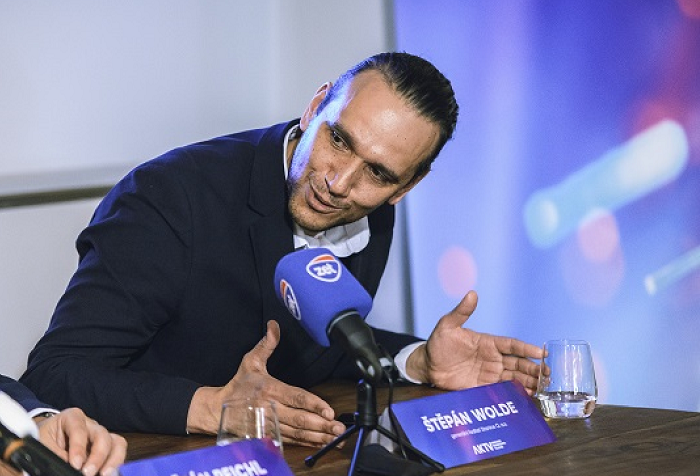Live TV continues to be the strongest source of video content consumption in the general population older than 4 years in the Czech Republic. Its share in all video viewing (including video content on carriers) is more than 43%. If live viewing is aggregated with archive TV content viewing and live TV content viewing on the Internet, the total share of the ‘TV content’ accounts for nearly 62% of video content consumption. Other video content is watched via the Internet by nearly 29% of population aged 4+. These are the results of a research by ATO-Nielsen Admosphere. At the last year’s Czech Internet Forum conference, the topic of video content consumption was covered by Štěpán Wolde, CEO of the Óčko music TV group.
Video content viewing by young Czechs aged 16-34 is differentiated with internet video having the largest share in the videos watched (45%). When young people start families, their behavioural pattern changes and so it does with their age. The group of 25-34 year olds with children has a preference for live TV with the proportionate decline in other video content viewing via the Internet.
The term ‘video content’ covers many things today according to Wolde. It is not limited to videos on YouTube and Facebook but it also includes content on live TV (linear broadcasting), catch-up TV, and platforms of TV operators and independent players, such as Netflix or AppleTV+. The term also covers online video of the internet media such as DVTV and various clients, e.g. Red Bull.
Although the names of stream services such as Netflix, HBO Max or AppleTV+ are widely discussed, they are not the dominant players in video content. This fact is supported by the UK market data where the highest share in daily video content consumption is held by live TV (49.5%). Moreover, live TV remains to be the strongest platform for addressing audience by advertising. The UK BARB’s data shows that the reach in general population by ad video broadcasting is achieved at 83% through live TV. In the audience group of young Britons aged 16-34, the share of live TV accounts for 66% of the total ad reach attributable to video.
The UK data also shows that while live TV broadcasting in watched the most on a TV screen, Netflix-type services are consumed this way by only 74.2% of people. Other people prefer notebooks (12.1%), tablets (7.1%) or smart phones (6.5 %) through which they mostly watch videos on YouTube (35.5%) and other online videos (46.7%). In the Czech Republic, people consume online videos on notebooks much more than on their mobile phones. Live TV is watched predominantly via TV screens.
During the spring wave of the pandemic, the interest in VOD services increased but broadcast TV viewing grew up as well.
“There is no division between online and broadcast TV video, platforms support each other and the total video wins today,”
says Štěpán Wolde, explaining that connection of individual platforms helps increase viewing of TV Óčko, specifically the recent release of the Naked Attraction reality show. “We can see that a strong campaign on Facebook where people can taste content and post comments brings new audiences to our TV. Therefore, content cannot be divided; individual platforms can help each other,” concluded Wolde.
Source: mediaguru.cz

